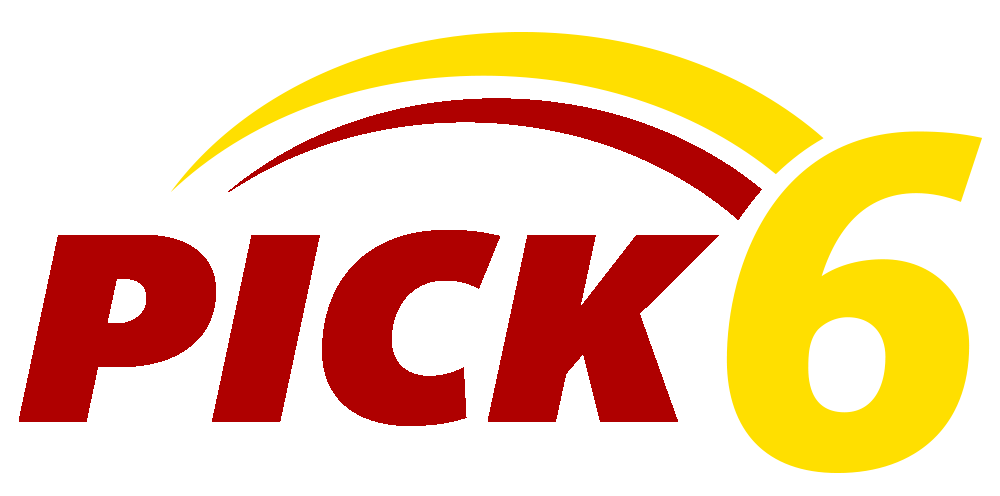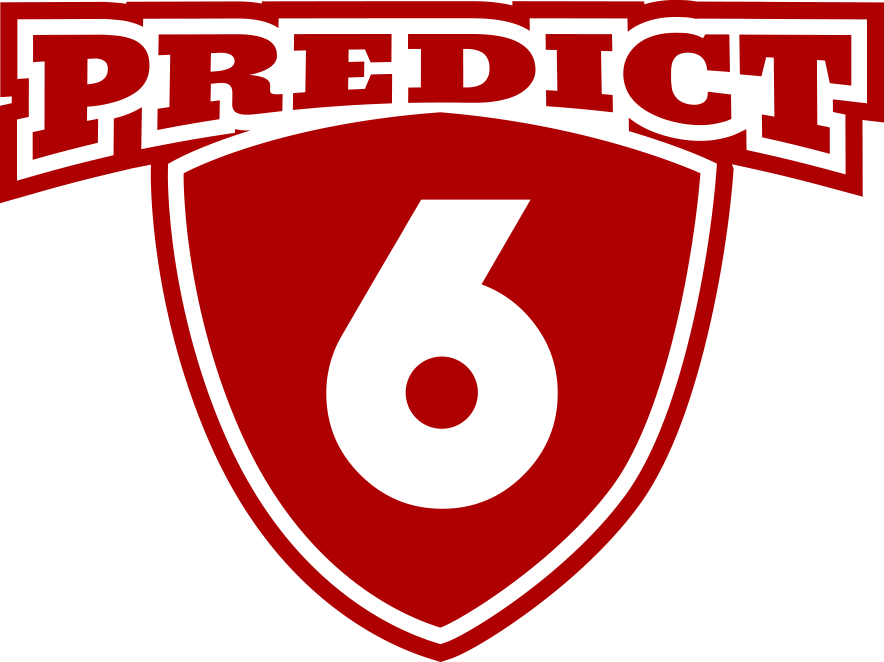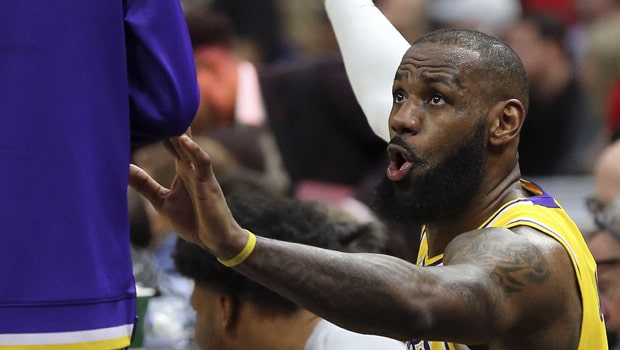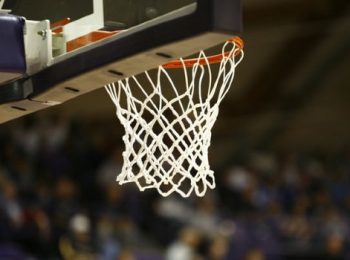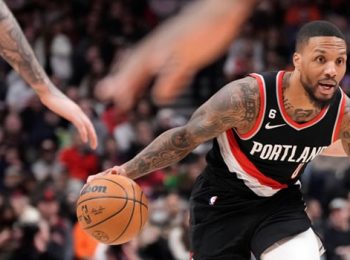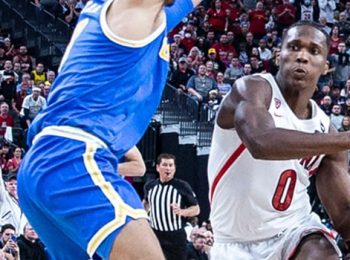Unquestionably, Lakers’ head coach Darvin Ham advocates for this strategy as a means to enhance playmaking and fortify the team’s control and movement of the ball.
Looking at options beyond James in the playmaker role, D’Angelo Russell and Austin Reaves emerge as potential successors. Russell had been the starting point guard after last year’s trade deadline, while Reaves has been effectively handling point guard duties from a reserve role.
James excels in creating pressure near the basket and boasts superior vision for passes compared to both Reaves and Russell, and he also shares a notably good rapport with Anthony Davis.
However, lineups featuring James as the main facilitator tend to isolate him as the sole creator, which isn’t ideal for any squad. Teams benefit from having multiple playmakers, which enables a variety of plays and requires defenses to account for several threats.
Hence, I contend that starting James alongside Reaves in the guard positions is optimal, introducing two competent creators on the court, enhancing the offensive potential, especially with Anthony Davis on board, to bolster a potent half-court offense.
Trying to classify James’ position is a tricky proposition. LeBron was viewed as a small forward coming out of high school, because of his 6-9 frame, and he’s often referred to that position as his “natural” one. Other times he’s been opposed the idea of being given any sort of position labels.
Even after his 39th birthday celebration on Saturday, LeBron James was visibly disappointed following the Lakers’ game against the Minnesota Timberwolves.
In the game’s final moments, with the Lakers trailing by three, James attempted a game-tying three-pointer, but it was adjudged a two-pointer, a decision confirmed upon review, much to his chagrin. Following that home defeat to the Timberwolves with a score of 108-106 and a subsequent 129-109 loss in New Orleans on Sunday, it casts doubt on the viability of this approach.

